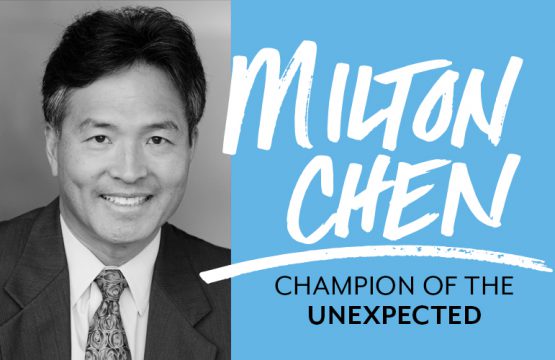Effective technology integration
New and innovative educational tools continue to be developed every day to enhance teaching and learning in the classroom. We can quickly become engaged with all the bells and whistles, but how can we determine the effectiveness of the new technology?
From interactive presentations to formative assessment tools, we need to reflect on the effectiveness of the tools that are integrated into our lessons. Students are now exposed to an endless stream of digital information, and it becomes a challenge to synthesize and reach learning objectives without getting caught up in just simply using the tool.
To help assess the effectiveness of technology integration, Dr. Ruben Puentedura has developed the SAMR (Substitution, Augmentation, Modification, Redefinition) Model. Coupled with Bloom’s Taxonomy, educators can further evaluate the role that the computer technology plays in their lessons.

Source: https://www.commonsense.org/education/blog/samr-and-blooms-taxonomy-assembling-the-puzzle
While many educational apps engage students with vibrant animations and sound effects, they generally reach the levels of Substitution and Augmentation such as memorizing multiplication facts or understanding scientific concepts through visual demonstrations. Procedural fluency can quickly be obtained through these tools. Some great examples are highlighted below:
- Quizlet – Students and teachers can create shareable flashcards with six different study modes. These study sets can be accessed on mobile devices for learning on the go and also used for Quizlet Live, a real-time competitive team game.
- Kahoot! – Create interactive quizzes and questions using a web browser. Teachers can search from the existing 11.8 million Kahoots or share ones that they have developed themselves.
- Socrative – Teachers engage and assess their students with educational activities on tablets, laptops and smartphones. Through the use of real-time questioning, assessments and visualization, teachers can gauge the current level of understanding of the whole class.

TGR Learning Lab students playing Quizlet Live and competing against other student teams with computer science flashcards
Aside from procedural fluency, students need to demonstrate their understanding of new concepts by synthesizing these ideas into meaningful projects. One great example of a tool that promotes Redefinition and Modification is Code.org’s App Lab.
Using knowledge from prior JavaScript lessons about functions, parameters and control blocks, students can create their own app using App Lab’s web-based environment. With the ability to design the user interface, store data values and write their own code, the App Lab has redefined the way that students can learn a programming language. Their projects can be run from web browsers in mobile devices and shared publicly through social media and text messages.
Finding the best-fit technology tool to supplement the classroom may take some time, but the results in student achievement will be well worth the effort. The use of the SAMR Model to reflect on current and future practices can help determine the effectiveness of the educational technology, and students who are able to create new meaning from their learning will become more proficient in their conceptual fluency.
Champions of the unexpected for 20 years.


